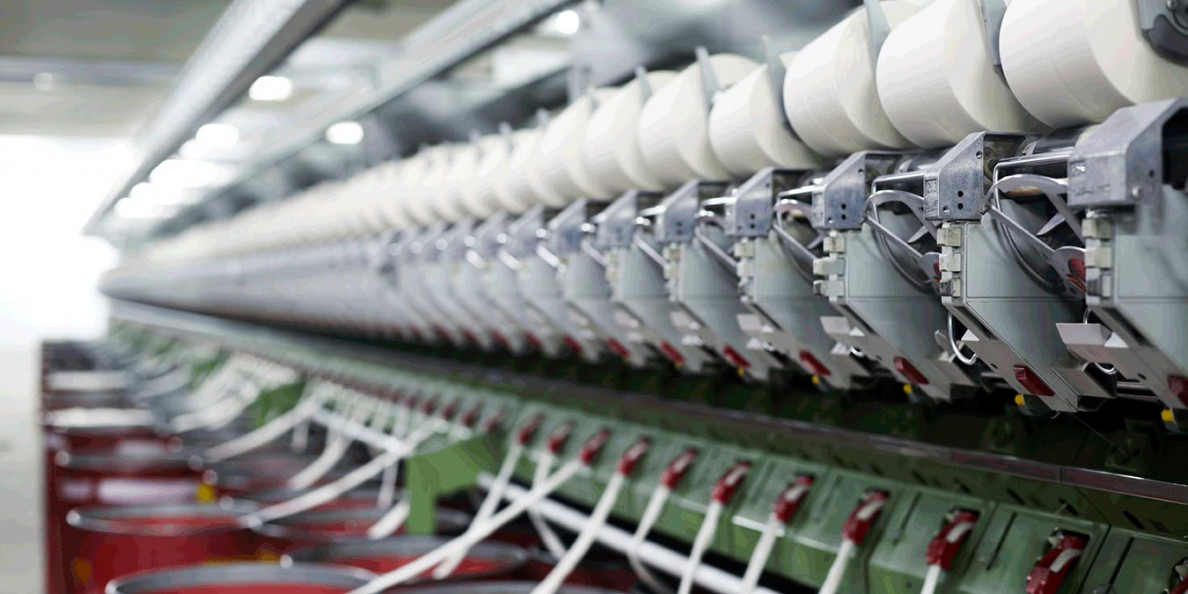Reducing contamination, navigating high cotton prices and meeting increasing demands for sustainable products are among the challenges facing U.S. textile mills. Executives with four U.S. textile mills that are big users of U.S. cotton recently provided observations to Delta Farm Press on issues and challenges related to the use of U.S. cotton.
High cotton prices are affecting some mills. Apparel companies and other end users of cotton textile products continue to exert their influence as they seek sustainable products. Reducing cotton contamination has been a longtime challenge for mills.
“Contamination is a big problem for a textile mill,” Martin said. “It can be difficult or impossible to remove the contamination and it could result in defects in the yarn. In some cases, contamination can result in damage to a lot of yarn before the problem is detected. It is critically important.”
Sustainability is priority
Manufacturing products with sustainably grown cotton has become a priority. “From BCI (Better Cotton Initiative) to organic to U.S. Cotton Trust Protocol, we've seen a tremendous increase in demand for sustainable cottons from our customers,” he said. Parkdale looks for SLM (strict low middling) cotton and better color with four leaf or better.
“We need consistent micronaire, good strength and uniformity with no contamination,” Martin said. “We don't like extraneous matter in the cotton. In the past few years, extraneous matter, such as bark and seed coat fragments, has been a huge issue for us in manufacturing.”
Martin advised U.S. cotton producers to continue putting out a great product and be mindful of contamination. “Join U.S. Cotton Trust Protocol. Sustainability is here to stay and USCTP is the gold standard in sustainability offerings.”
Martin said demand for cotton yarn is “red hot” because there is not much inventory in the supply chain following COVID-19 shutdowns.
Hill Spinning in Thomasille, N.C., runs 100% cotton with its yarns going into products including T-shirts, socks, car tires and upholstery.
“It is vital that the cotton be completely contamination free,” said Mark Leonard, owner and plant manager. "Also, our waste goes into medicine bottles and needs to be 100% natural cotton which will be bleached."
Range of application
Hill Spinning runs both conventional cotton and organic cotton. With its yarn going into a wide variety of products with most being dyed, Hill runs a narrow range of cotton specs to fit all applications.
“Cotton prices will affect the volume being ordered and we have already seen our customers delaying on orders due to the higher cost of cotton,” Leonard said. “Both on conventional and on organic. Of course, pricing is always an issue and as the supply chain issues improve, then we will again lose ground to imports since the U.S. labor cost as well as almost all the support suppliers cost have gone up. The almighty dollar always comes into play. Due to these higher prices, we will be running more commission spinning for special programs and farmers since they are supplying the cotton”
Leonard said the cotton industry needs to do more to sell itself to the American public.
“The more the final customer knows about where the product comes from and the different processes, then the customer has more interest in the product,” Leonard said. "The recent supply chain issues along with more information about poor practices being practiced out of the U.S. might increase demand for domestic cotton consumption. I used to see more commercials about cotton than I do now. It would be great if these commercials educated the public by following the fiber from the farmer's planting and harvest all the way through to the end products.”
Marvin Smith, president and CEO of Hickory, N.C. -based Shuford Yarns, said U.S. cotton has an advantage of cotton from other regions of the world in that it is “contaminant-free.” That makes it a much sought-after product. Shuford purchases high-spec cotton to provide the consistency that its customers require in its products.
“We issue a spec sheet on the cotton we need to the merchants who then supply us with the cotton,” he said.
Cotton grades
Smith predicted that current high cotton prices will send some yarn spinners to reduce the amount of good cotton in their blends and substitute low-grade and less expensive, or another fiber to reduce the impact of higher cotton pricing. Shuford, he said, does not plan to use more polyester because of price.
Most of our products won’t allow for changes in the blends,” he said. However, some apparel producers will adjust their blends depending on the cost of the fiber. “Our company does not do this as we do not sell a lot in the apparel market.”
U.S. cotton growers should continue to improve the sustainability of cotton fiber while associations and promotional agencies must ensure this information reaches those who are interested.
“A lot of people do not realize that cotton is a sustainable produced fiber,” Smith said. “More advertising around the facts would be helpful.”
Buhler Quality Yarns, a Jefferson, Ga.-based spinner of top-quality pima yarns for a variety of applications, focused on sustainability long before it became trendy. For David Sasso, Buhler’s chief operating officer, quality products translate to sustainability.
Sasso said Buhler’s biggest cotton-related challenge is availability. The lengthy drought in California, where the company’s primary supplier is located, has led the company to find a secondary supplier in Arizona.


